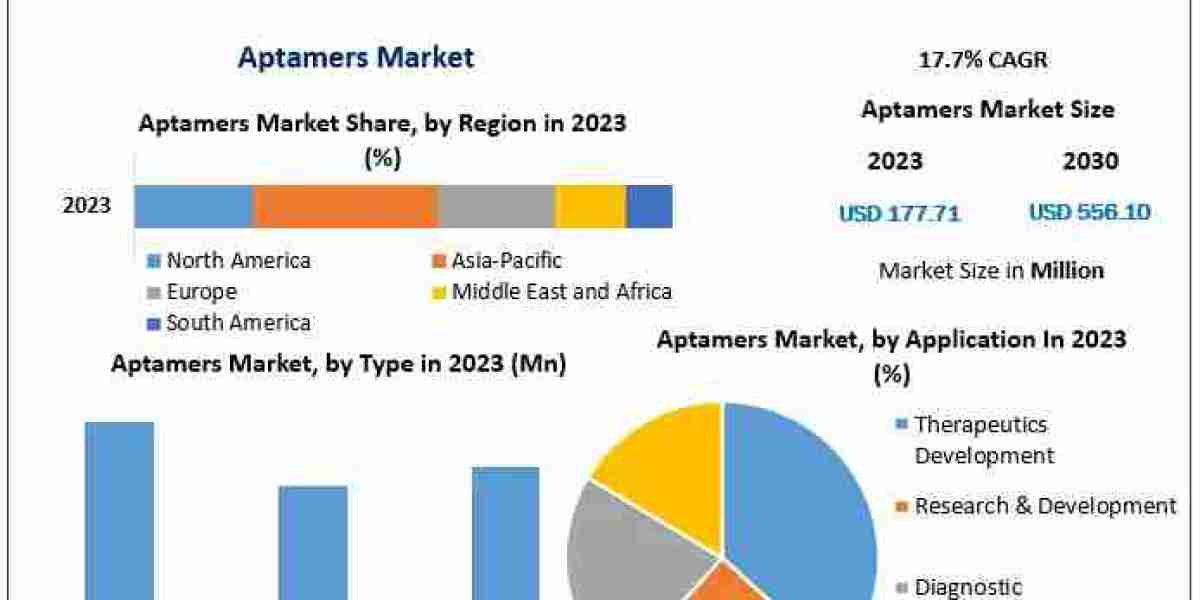Exploring the Latest Advancements in Precision CNC Machining Technology
Precision CNC machining has revolutionized the manufacturing industry by offering unmatched accuracy and precision in producing high-tolerance components. Over the years, advancements in CNC machining technology have further enhanced its capabilities, making it an indispensable tool for industries such as aerospace, automotive, medical, and electronics.
One of the latest advancements in precision CNC machining is the use of advanced software and programming techniques. CNC machines are now equipped with sophisticated software that allows for complex geometries and intricate designs to be easily programmed and executed with unparalleled precision. This software also enables manufacturers to simulate the machining process beforehand, reducing the risk of errors and ensuring the final product meets the desired specifications.
Another key advancement in precision CNC machining technology is the development of multi-axis machining capabilities. Traditional CNC machines were limited to three axes of movement, but modern CNC machines can now have up to five or more axes, enabling manufacturers to produce highly intricate and complex parts with ease. This increased flexibility in movement allows for more efficient machining processes and the ability to create parts with tighter tolerances and smoother finishes.
Furthermore, advancements in CNC machining technology have led to the incorporation of sensors and monitoring systems that enhance the overall process control and quality assurance. These sensors can detect any deviations in the machining process, such as tool wear or vibration, and make real-time adjustments to ensure the final product meets the desired specifications. This level of automation not only improves the quality of the products but also reduces the likelihood of errors and rework, ultimately saving time and costs for manufacturers.
Additionally, the integration of additive manufacturing technologies with CNC machining has opened up new possibilities for creating high-tolerance components. Additive manufacturing, also known as 3D printing, can be used to create complex geometries that would be difficult or impossible to achieve using traditional machining methods alone. By combining the strengths of both technologies, manufacturers can now produce parts with superior precision and intricate details that were previously unattainable.
Overall, the latest advancements in precision CNC machining technology have significantly expanded the capabilities of manufacturers in producing high-tolerance components. From advanced software programming and multi-axis machining to sensors and additive manufacturing integration, CNC machining has become more versatile, efficient, and accurate than ever before. As industries continue to demand parts with tighter tolerances and higher complexity, precision CNC machining will undoubtedly play a critical role in meeting these requirements and driving innovation in manufacturing.














